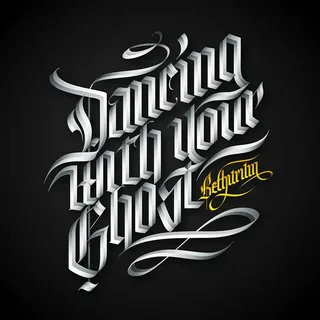Introduction:
In the ever-evolving landscape of typography, where each font style narrates a unique story, Serif Fonts stand out as the embodiment of timeless elegance and classical refinement. This exploration delves into the intricate details of serif fonts, uncovering their rich history, distinctive characteristics, and the enduring charm that keeps them relevant in the modern design era.
Historical Roots:
*1. An Ode to Tradition: The term “serif” refers to the small, decorative strokes at the end of characters, a feature deeply rooted in traditional calligraphy and manuscript writing. Serif fonts, with their origins dating back to ancient inscriptions and early printed books, carry an inherent connection to the rich tapestry of human history.
*2. Gutenberg’s Legacy: The advent of printing technology in the 15th century, notably with Johannes Gutenberg’s printing press, marked a pivotal moment for serif fonts. The sharp, well-defined serifs aided readability in printed materials, contributing to the widespread use of serif fonts in books, newspapers, and other printed media.
Distinctive Characteristics:
*1. Serifs and Readability: The presence of serifs plays a crucial role in guiding the reader’s eye along the text. The subtle strokes provide a visual connection between letters, enhancing readability. Serif fonts are often favored for lengthy bodies of text, where the continuity facilitated by serifs aids in a smooth reading experience.
*2. Variety in Styles: Serif fonts come in a diverse array of styles, ranging from the classic and ornate to the modern and minimalist. The versatility within the serif category allows designers to choose a style that complements the tone and purpose of the content, making serif fonts suitable for a wide range of applications.
Serif Fonts in Modern Design:
*1. Classic meets Contemporary: Despite the advent of sans-serif fonts and modern design trends, serif fonts continue to hold their ground. The juxtaposition of classic elegance with contemporary design principles makes serif fonts a preferred choice for brands and publications aiming to convey a sense of timelessness and sophistication.
*2. Brand Identity: Serif fonts often find a place in brand identities seeking to establish a strong and reputable image. The inherent association with tradition and authority makes serif fonts an excellent choice for logos, corporate materials, and other brand collateral.
Design Tips and Best Practices:
*1. Choosing the Right Serif Style: The wide variety of serif styles demands a thoughtful selection based on the project’s requirements. Classic serifs like Times New Roman exude a formal and authoritative vibe, while more modern serifs like Georgia offer a contemporary touch. Matching the serif style to the overall design intent is key.
*2. Hierarchy and Emphasis: Serif fonts, with their inherent detailing, provide opportunities for creating hierarchy and emphasis. Using different weights and sizes within a serif font family allows designers to guide the reader’s attention and convey the intended message effectively.
Conclusion
As design trends evolve and preferences shift, serif fonts remain a testament to the enduring power of tradition and elegance in visual communication. Whether gracing the pages of a classic novel or defining the visual identity of a modern brand, serif fonts continue to captivate audiences with their timeless charm.















